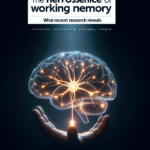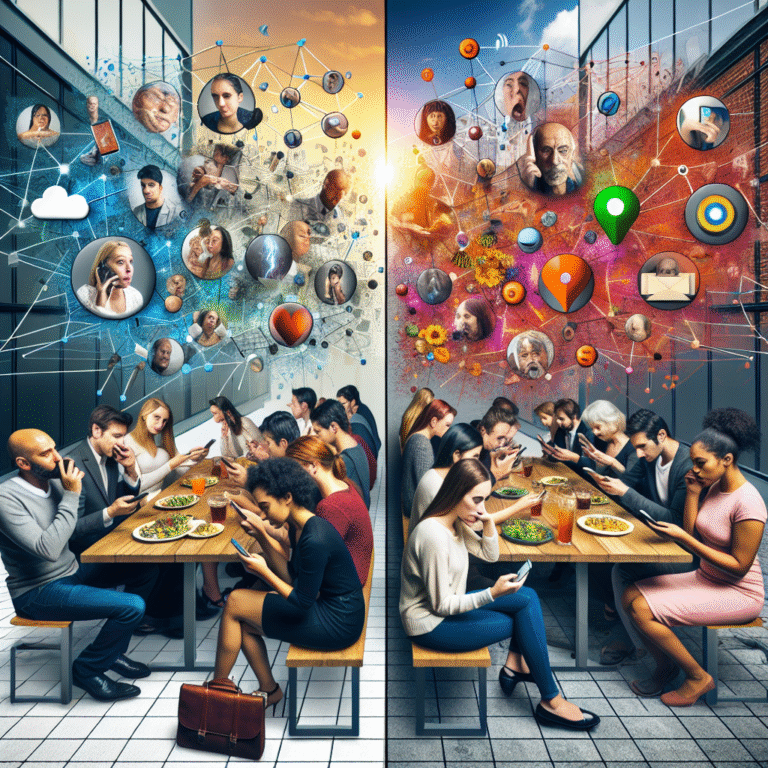Introduction
In today’s fast-paced world, where interactions are increasingly intertwined through digital channels, the power of assumptions cannot be underestimated. Stereotypes shape our perceptions, often without our conscious awareness. These mental shortcuts simplify our understanding of complex realities, but they also lead to a myriad of hidden costs. In this article, we will delve into "Unpacking Stereotypes: The Hidden Costs of Assumptions," exploring how these assumptions impact individuals and society while providing insightful analyses, case studies, and training on how to navigate this crucial topic.
Understanding Stereotypes and Assumptions
Defining Key Concepts
Stereotypes are generalized beliefs about a group of people. They can be based on race, gender, profession, age, and numerous other characteristics. Assumptions, on the other hand, occur when we take these stereotypes at face value without sufficient evidence.
| Concept | Definition |
|---|---|
| Stereotype | Generalized beliefs about a particular group |
| Assumption | Accepting a stereotype as true without evidence |
The Role of Socialization in Stereotyping
From childhood, we are bombarded with messages from media, school, and family that shape our viewpoints. Socialization plays a significant role in entrenching these stereotypes and can often lead to erroneous assumptions about individuals.
The Real Costs of Unpacking Stereotypes
Psychological Impact
Assumptions rooted in stereotypes can lead to severe psychological consequences, both for the individuals who hold them and those who are targeted by them.
- For the Assumer: These individuals may miss out on authentic relationships and experiences.
- For the Assumed: Constantly being subjected to stereotypes can lead to anxiety, depression, and a diminished sense of self-worth.
Case Study: The Teacher’s Assumption
In a study conducted by researchers at the University of Chicago, teachers were found to have bias toward students based on ethnicity, impacting their expectations and interactions. This not only altered the students’ academic performance but also harmed their emotional well-being.
Analysis
This case underlines the dire psychological implications of unexamined assumptions and how they can create a feedback loop of failure and marginalization.
Economic Consequences
Stereotypes can also lead to discrimination in the workplace, resulting in economic costs for both individuals and organizations.
- Hiring Biases: Employers may overlook talented candidates based on preconceived notions about their capabilities tied to their demographics.
- Wage Gaps: Stereotypical assumptions about gender roles often lead to wage disparities, affecting women’s economic independence.
| Factor | Impact on Economy |
|---|---|
| Hiring Biases | Loss of potential talent |
| Wage Gaps | Economic dependence of underrepresented groups |
Social Dynamics and Relationships
The hidden costs of assumptions extend into social dynamics and relationships.
- Polarization: Groups may become more divided as assumptions perpetuate misunderstandings and conflict.
- Inability to Connect: When individuals are bound by stereotypes, the potential for meaningful relationships diminishes.
Case Study: The Workplace Diversity Initiative
A tech company launched a diversity initiative aimed at breaking down stereotypes. By creating an inclusive culture, they saw an increase in team collaboration, innovation, and even profitability.
Analysis
This example illustrates the economic benefits of dismantling stereotypes while fostering an environment where diverse perspectives thrive.
Strategies for Unpacking Stereotypes
Self-Reflection and Awareness
First, recognizing our own biases is crucial in the journey of unpacking stereotypes.
Education and Dialogue
Engaging in open discussions and educational programs around diversity can foster understanding and challenge preconceived notions.
Intentional Interactions
Practicing intentional interactions—aiming to connect with others as individuals rather than representatives of their group—can make a substantial difference.
Creating Inclusive Policies
Organizations can implement policies that promote inclusivity, ensuring diversity is not just a checkbox but a core value.
Conclusion
Unpacking stereotypes and understanding the hidden costs of assumptions is not just essential for personal growth; it is crucial for fostering a fair society. By challenging our perceptions and embracing diversity, we can cultivate environments rich with empathy and innovation.
Call to Action
Embrace the challenge of questioning your assumptions. Engage in dialogues, seek diverse perspectives, and take actionable steps toward dismantling stereotypes. The benefits ripple through our communities, enriching lives and advancing social justice.
FAQs
-
What are stereotypes?
- Stereotypes are simplified and generalized beliefs about a group of people based on characteristics such as race, gender, or profession.
-
How do stereotypes influence assumptions?
- Stereotypes act as mental shortcuts that lead us to make assumptions about individuals without fully understanding their unique experiences.
-
What are the psychological effects of stereotypes?
- Stereotypes can lead to anxiety, insecurity, and a sense of isolation for those who are negatively stereotyped.
-
How can workplaces address biases?
- Employers can create training programs focusing on diversity and inclusiveness, and implement policies that prioritize equity.
- Why is it important to unpack stereotypes?
- Unpacking stereotypes is essential for personal growth, social cohesion, and creating environments conducive to collaboration and innovation.
Unpacking stereotypes is a vital endeavor that holds the promise of creating a more harmonious world. Join the movement to challenge assumptions and foster understanding—because every individual’s story deserves to be heard.

















